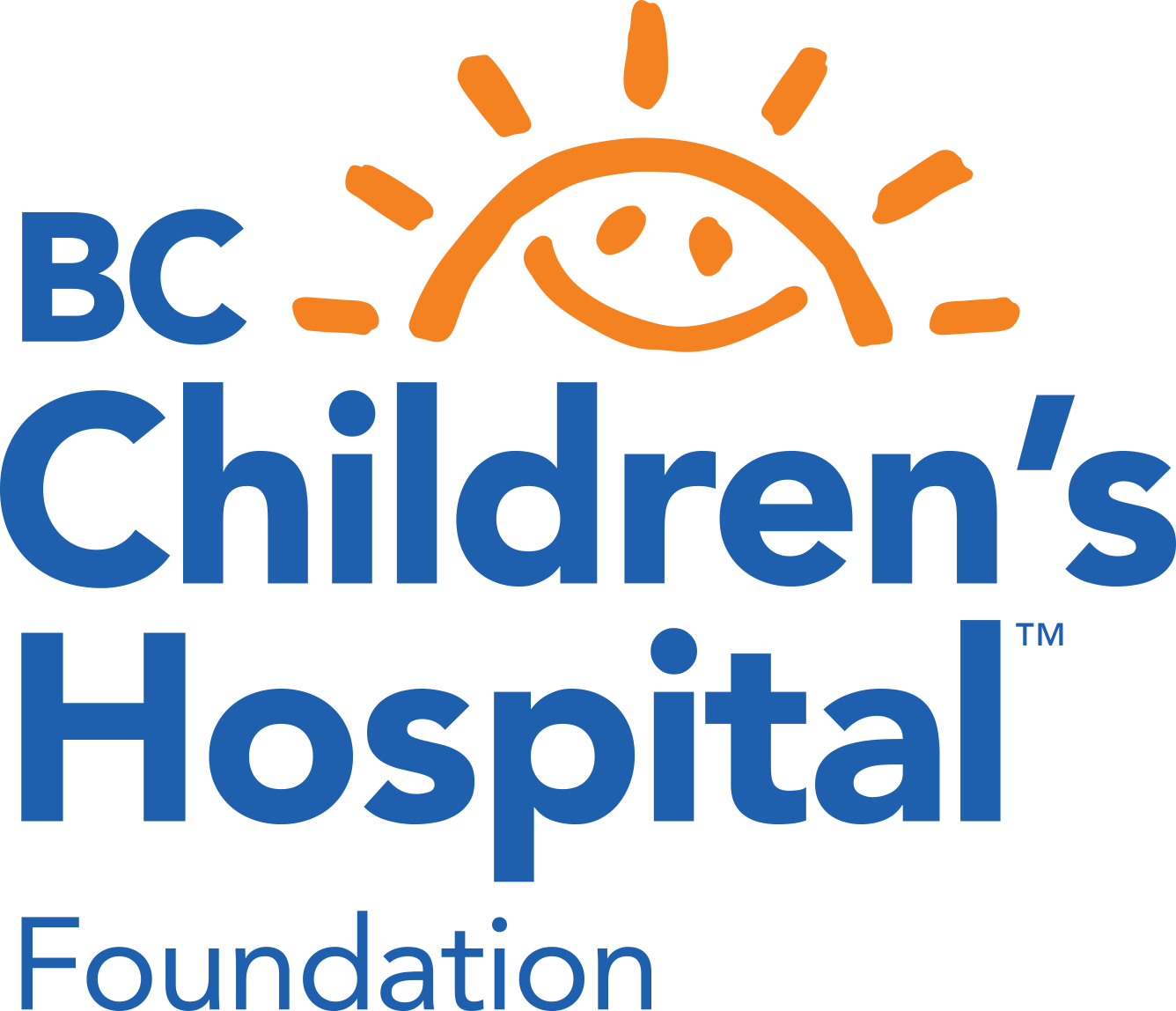What is Psychodynamic therapy?
This type of therapy focuses on how early childhood and relations with others can affect our development. It is based on the idea that the unconscious holds onto painful feelings and memories that are too difficult for the conscious mind to process. Many children develop defences such as denial to hide these memories and experiences from themselves. The aim of psychodynamic therapy is to bring the unconscious mind into consciousness. It helps a child or youth to experience and begin to understand their true, deep-rooted feelings in order to deal with them.
Psychodynamic therapy focuses on:
- increasing self awareness
- examining thoughts and feelings
- becoming more resilient
- being adaptable
The goal of therapy is to lessen the most obvious symptoms and help children and youth lead healthier lives.
What types of challenges are best suited for Psychodynamic therapy?
This therapy is effective for a wide range of mental health symptoms, including:
- depression
- anxiety
- panic
- physical symptoms that are caused by stress
With therapy, children and parents begin to understand and become comfortable with underlying feelings that can be confusing. The therapist talks to both the parents and their child to gain more understanding about the issues, and then adapts the treatment to the individual. Play is often part of the therapy sessions for younger children. Sometimes the therapist will combine individual therapy with group or family therapy.
How long will it take?
This depends on the individual, but evidence shows that children and youth often benefit from a minimum of 12 sessions up to one year of psychodynamic therapy.



